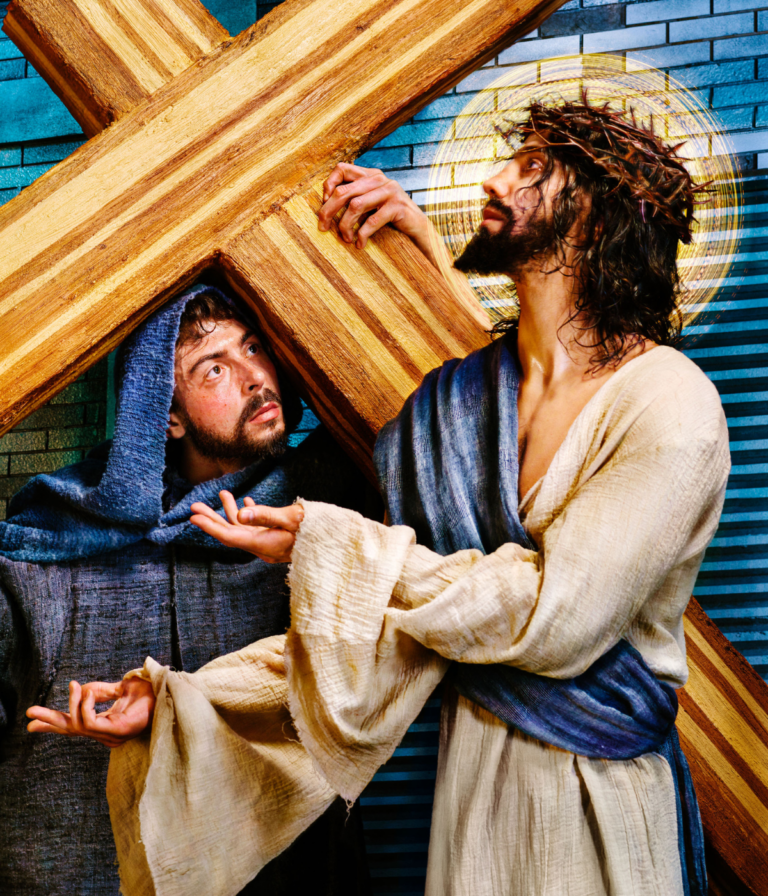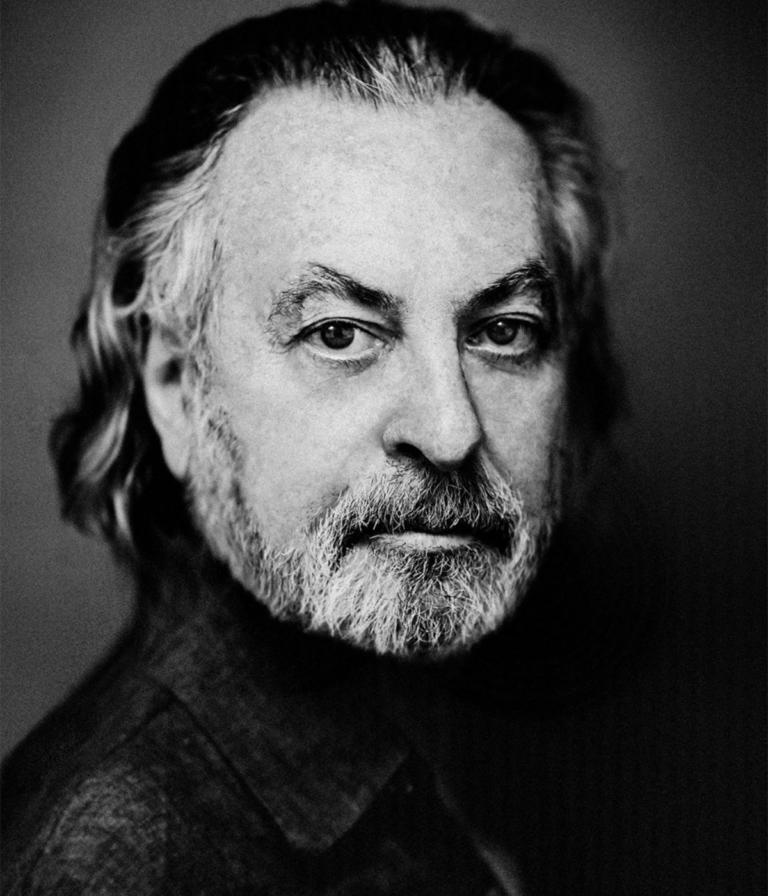On September 30, 2023, the enchantment of contemporary art met the historical elegance of Lugano at Villa Ciani, setting the stage for Liu Bolin’s latest work, Magazine Rack.
Magazine Rack: The Villa Ciani Artwork
A master of optical illusion, Bolin once again deepens the discourse on the intersection of essence and perception, highlighting the fine line between reality and perception in the contemporary era.
Liu Bolin, a visionary artist and body painter, has transformed his own body into a living canvas, blending seamlessly into an installation made of contemporary magazines.
In Magazine Rack, Bolin merges with a wall of magazines, disappearing among colorful covers and catchy headlines, demonstrating how individuals can become overwhelmed by the abundance of information and imagery in mass culture. Magazine Rack invites the viewer into a dance of printed images and words, a complex web of fashion, news, art, and culture that encircles and nearly erases the human figure at its center.
In the solemn silence of Villa Ciani, amidst the echoes of past eras and the vibrancy of contemporary cultural discourse, Bolin became an “absent presence.” His work is a palimpsest where body painting overlays the myriad faces of publications, creating a game of camouflage that challenges our gaze to look beyond the surface.
Bolin’s creative process is meticulous and reflective: every strip of fabric, every contour of his body is painted with artisanal care, in a ritual that is as much meditation as performance. The result is a symbiosis of textures and tones that mirrors the visual cacophony of print media, highlighting our potential to lose ourselves in a sea of overexposure.
Magazine Rack offers a sharp commentary on identity in the information age, an era in which we are defined as much by the narratives we consume as by those we help create. Bolin places himself at the heart of this reflection, his body serving as a kind of rhetorical question: how do we define ourselves when every aspect of our being can be reflected, replicated, or reframed in a fragment of paper?
“Before choosing a location, I consider the social themes that the place embodies. Essentially, I meditate on the messages that the location might allow me to convey to impact society. Finding the right space is crucial for communicating my message. In this initial phase, if obstacles arise, I try to overcome them, because the location takes precedence over everything,” says Liu Bolin, adding, “Some might say I disappear into the landscape; I would say it’s the landscape that absorbs me.”
Villa Ciani, with its rich history and dedication to promoting art, provided a unique context for this artistic exploration. Magazine Rack becomes a dialogue between past and present, between the immortality of art and the transience of media, between the permanence of stone and the fleeting nature of printed paper.
The audience fortunate enough to experience this work faced an artwork that challenged perception, requiring a careful and engaged gaze. Reactions were varied: some lingered on Bolin’s impressive technique, while others reflected on the intrinsic themes within the piece.
Magazine Rack remains in the collective memory as an artistic event of extraordinary significance, reinforcing intercultural and intergenerational dialogue. Liu Bolin’s art, enigmatic and revealing, continues to stimulate our awareness, inviting us to question who we are in a constantly changing world and how we might emerge, distinct and authentic, from the relentless collage of images that defines our time.ome possiamo emergere, distinti e autentici, dal collage incessante di immagini che definisce il nostro tempo.
Liu Bolin: The Themes of the Invisible Artist
Liu Bolin’s artistic philosophy sits at the intersection of the human being and the surrounding environment, exploring the dynamics of visibility and invisibility in modern society. Through his art, Bolin questions the relationship between individuality and environment, highlighting how personal identity can often be overwhelmed by the context in which one exists. He reflects on how one might feel “invisible” within broader social, economic, and political structures.
This reflection is emblematically expressed through his unique body painting technique, which he uses to “disappear” in his works. His practice is meticulous and labor-intensive: Bolin stands motionless for hours while his assistants paint his body to replicate the patterns, colors, and textures of the background behind him, which can range from urban scenes to magazine racks.
This camouflage technique is not only a visual tour de force but also a powerful political and social message. The act of visually erasing oneself becomes a metaphor for the erasure of individuality, a commentary on the loss of personal identity in the age of globalization and commercialization. Through his art, Bolin invites viewers to reflect on their place in the world and on the relationship between humanity and the surrounding environment, underscoring the importance of maintaining a critical awareness of the forces that shape our perception of reality.


